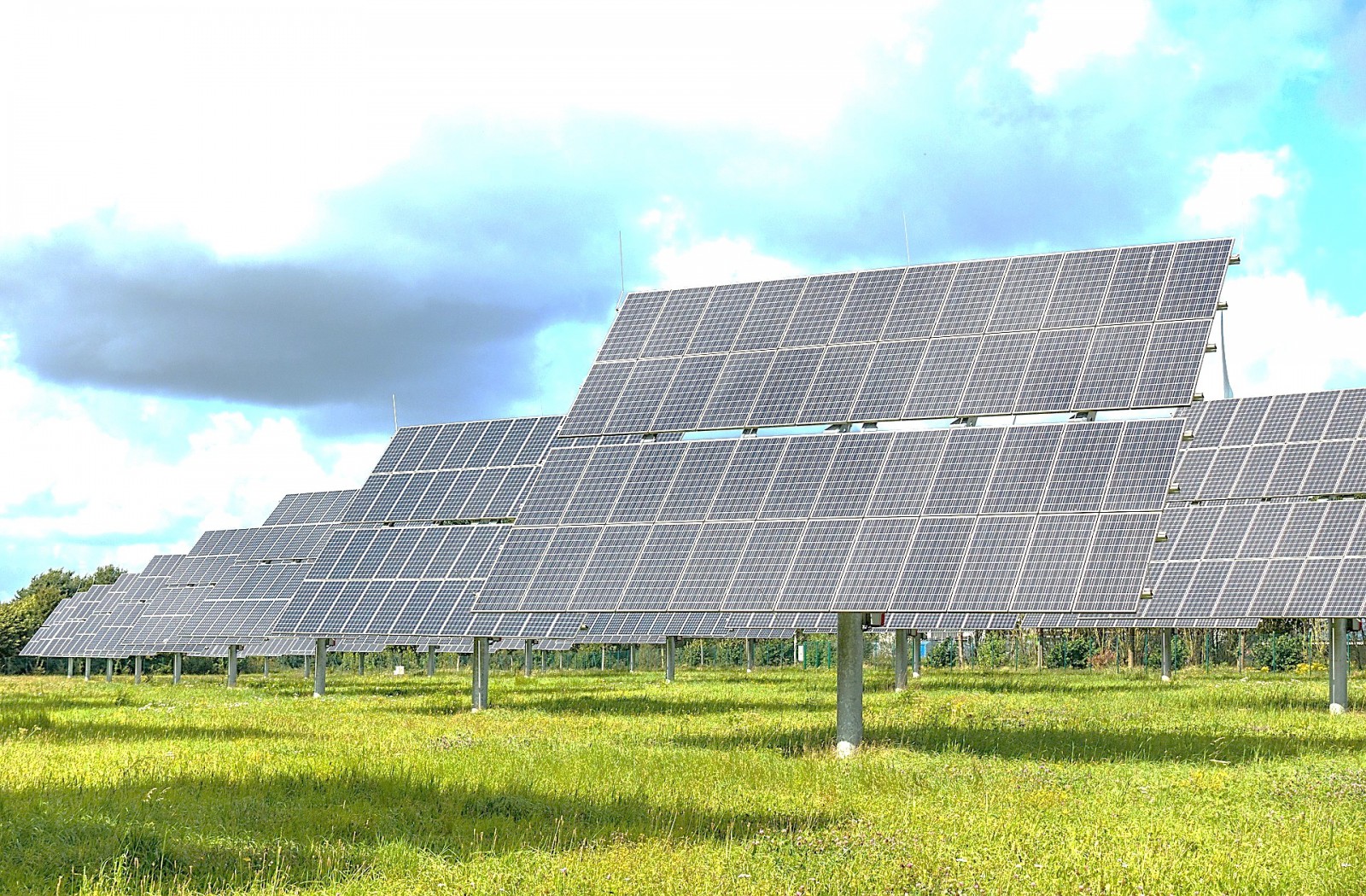The European energy crisis: have we weathered the storm?
28/06/2023
Over a year has passed since Russia’s invasion of Ukraine threw the world’s energy markets into disarray. Since then, prices have come back down with astounding speed. Now the question is: what can Europe expect for the winter of 2023/2024?
The European Union depends on fossil fuels for almost 70% of its total energy needs. More worryingly, imports from abroad cover over half of the bloc’s demand. Fatefully, in early 2022 Russia supplied the lion’s share of EU’s coal, crude oil, and natural gas.
The European Union reacted to the energy shock in natural gas by scrambling to find alternative supplies through LNG and enacting an ambitious plan to curb consumption by 20%. In the end, it only managed to save by about 13%. However, this proved enough for record-high natural gas storage levels last winter – a best-case scenario that few experts considered possible.The popular notion is that a miraculously warm winter weather saved Europe from an energy catastrophe. Unfortunately, plant shutdowns in energy-intensive industries such as steel, aluminum, and fertilizers also played a considerable role. Meanwhile, getting more LNG was possible because China bought about 20% less than it did in the previous year. The EU was willing to pay a premium price to secure its supply, and ended up paying three times more in total for natural gas in 2022 than it did in 2021.
So is European energy supply now safe for the next winter? According to the International Energy Agency, natural gas shortages are still possible. This depends largely on whether the next winter is dreadfully cold and China decides to buy up all the spare LNG. Furthermore, Russia is still responsible for about 10% of the EU’s supply.
Nevertheless, it is a manageable risk. The silver lining is that 2022 was also a record year for renewable energy in Europe. Newly built solar and wind power saved European consumers an estimated EUR 100 bn in costs. While many remain skeptical, 2023 will be another record year for green energy in Europe - and there is more cause for optimism for a sustainable energy transition than ever before.
In March of this year, the European Commission announced that it now aims for a 45% renewable energy share by 2030 – up from the previous pre-war target of 32%. According to analysts, solar power capacity is firmly on track to grow from 200 GW in 2022 to almost 750 GW by 2030 – an impressive CAGR of 18%. Simultaneously, the EU wants 60 million more heat pumps by the end of the decade, on top of the 20 million currently installed. This will save over EUR 50 bn in energy imports, while industry associations expect up to 3 million new jobs. [F]Are you interested in further information? [/F]Please do not hesitate to contact us:
Cyril Salnikov
Phone number +49 6201 9915 19,
Cyril.Salnikov@SchlegelundPartner.de Dr. Thorsten Böhn
Phone number +49 6201 9915 79,
Thorsten.Boehn@schlegelundpartner.de © Schlegel und Partner 2023
The European Union reacted to the energy shock in natural gas by scrambling to find alternative supplies through LNG and enacting an ambitious plan to curb consumption by 20%. In the end, it only managed to save by about 13%. However, this proved enough for record-high natural gas storage levels last winter – a best-case scenario that few experts considered possible.The popular notion is that a miraculously warm winter weather saved Europe from an energy catastrophe. Unfortunately, plant shutdowns in energy-intensive industries such as steel, aluminum, and fertilizers also played a considerable role. Meanwhile, getting more LNG was possible because China bought about 20% less than it did in the previous year. The EU was willing to pay a premium price to secure its supply, and ended up paying three times more in total for natural gas in 2022 than it did in 2021.
So is European energy supply now safe for the next winter? According to the International Energy Agency, natural gas shortages are still possible. This depends largely on whether the next winter is dreadfully cold and China decides to buy up all the spare LNG. Furthermore, Russia is still responsible for about 10% of the EU’s supply.
Nevertheless, it is a manageable risk. The silver lining is that 2022 was also a record year for renewable energy in Europe. Newly built solar and wind power saved European consumers an estimated EUR 100 bn in costs. While many remain skeptical, 2023 will be another record year for green energy in Europe - and there is more cause for optimism for a sustainable energy transition than ever before.
In March of this year, the European Commission announced that it now aims for a 45% renewable energy share by 2030 – up from the previous pre-war target of 32%. According to analysts, solar power capacity is firmly on track to grow from 200 GW in 2022 to almost 750 GW by 2030 – an impressive CAGR of 18%. Simultaneously, the EU wants 60 million more heat pumps by the end of the decade, on top of the 20 million currently installed. This will save over EUR 50 bn in energy imports, while industry associations expect up to 3 million new jobs. [F]Are you interested in further information? [/F]Please do not hesitate to contact us:
Cyril Salnikov
Phone number +49 6201 9915 19,
Cyril.Salnikov@SchlegelundPartner.de Dr. Thorsten Böhn
Phone number +49 6201 9915 79,
Thorsten.Boehn@schlegelundpartner.de © Schlegel und Partner 2023